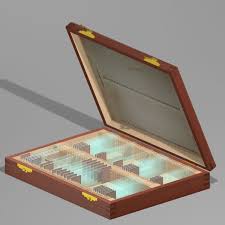Tooth Development
The development of a tooth is, for convenience, broken down into a series of stages. In this series of slides we will look at the detailed structural changes that occur during these stages and as one stage changes imperceptively into the next to develop the shape and specific tissues of the crown and root of the tooth.
As the individual tooth buds develop, other events are occurring simultaneously in the vicinity. A plate of bone is forming below the tooth germ – this is lateral plate of the mandible (or maxilla). The bone of the jaws forms denovo within the mesenchyme – so-called ‘intramembranous’ bone formation – there is no cartilage template as there would be in say a limb bone. The cartilage in the mandible is Meckel’s cartilage. This plays no direct part in the formation of the main body of the mandible and is seen here cut in cross-section. It decreases in size and significance has the teeth develop. Eventually, (during the 'cap' stage) a second, medial, plate of bone will develop to form a trough in which the tooth germs are contained. The trough in turn will become subdivided by cross-plates of bone to form the individual sockets.
 There are three slides
available which cover the four stages of tooth
development. All the slides are demineralised
and stained with H&E. They are:
There are three slides
available which cover the four stages of tooth
development. All the slides are demineralised
and stained with H&E. They are:
Slide Box
1.Bud and bell stages (bud seen adjacent to lower incisor in bell stage)


